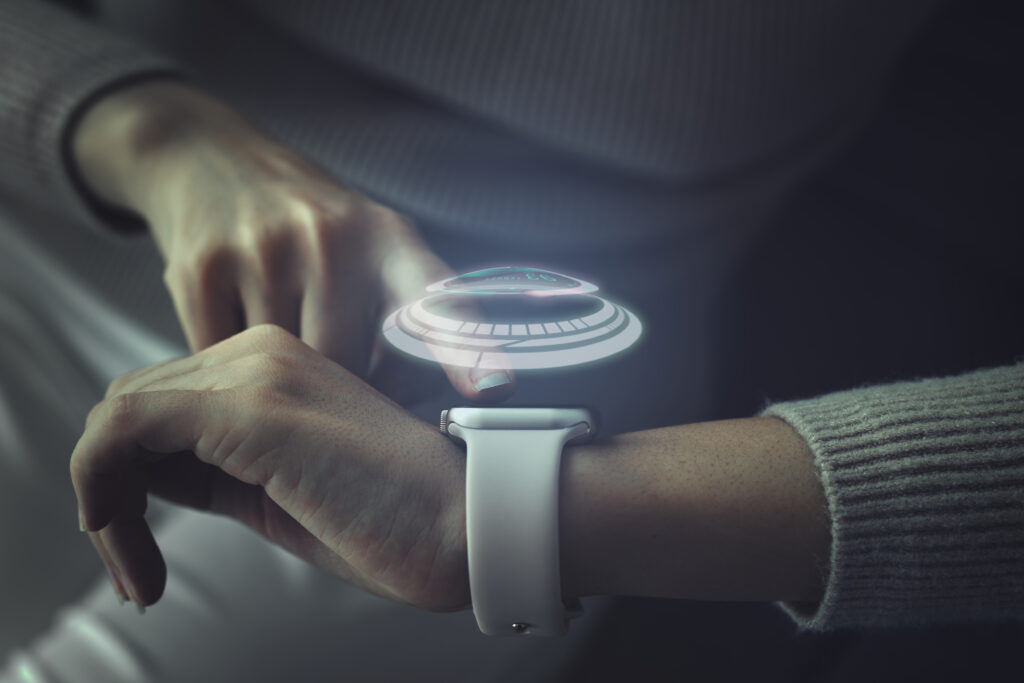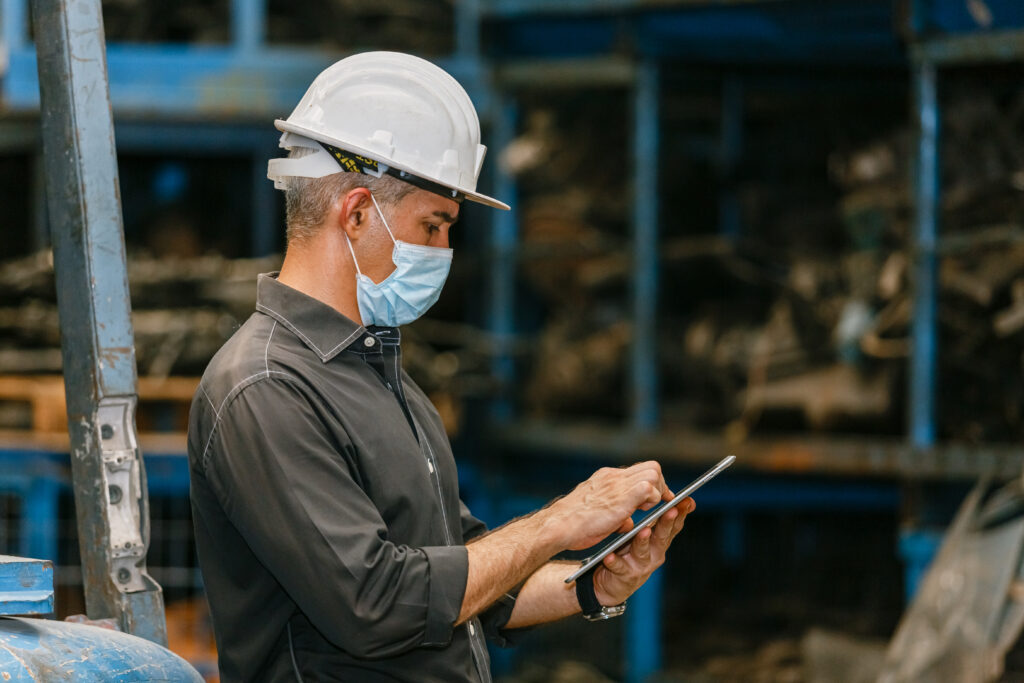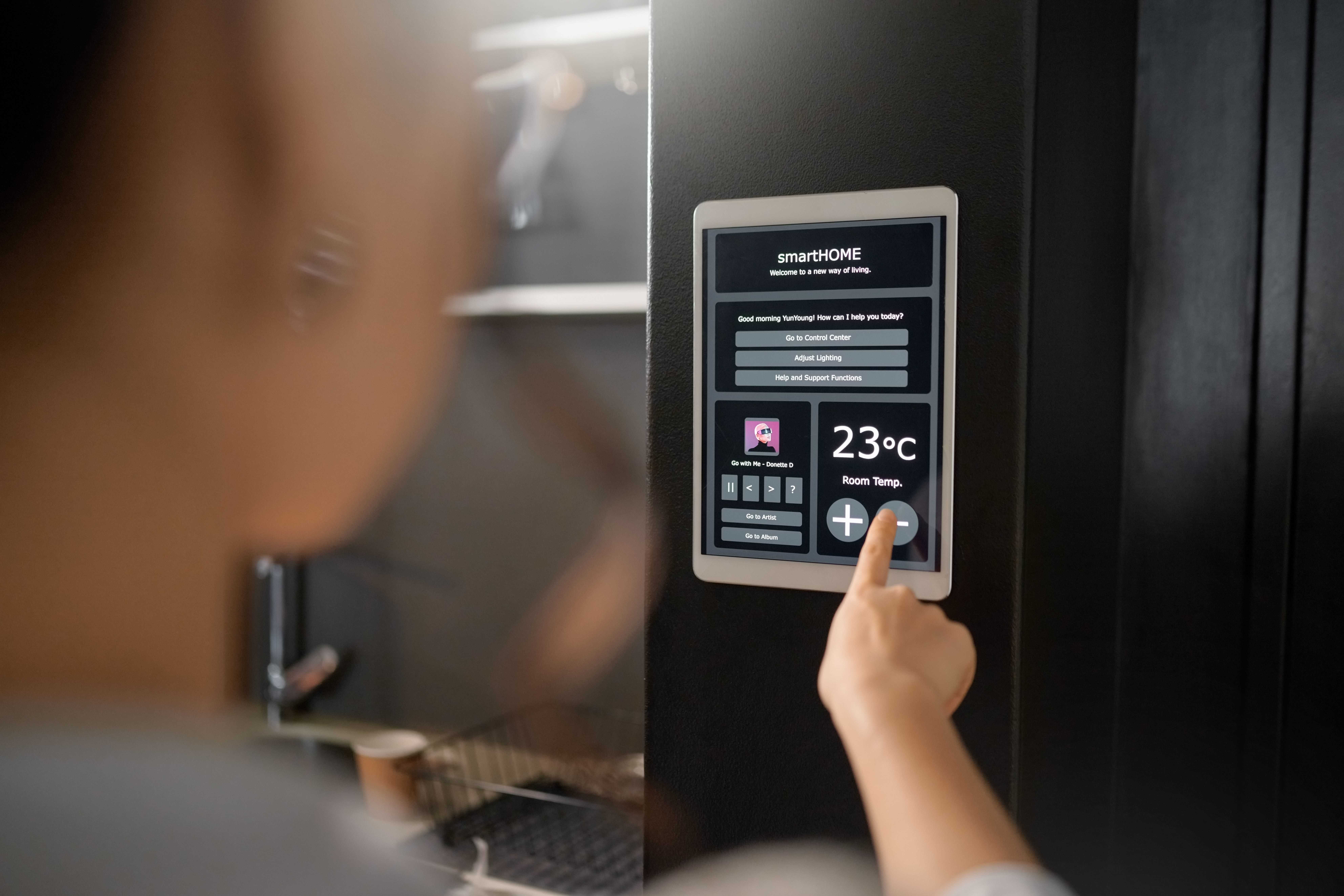The IoT has revolutionized our daily lives by allowing billions of devices to be networked and communicate with one another. The potential of Internet of Things (IoT) devices has only grown since the introduction of AI, with smart gadgets becoming increasingly more innovative and AI-powered systems becoming even more intelligent. In this article, we’ll discuss the influence that Internet of Things (IoT) gadgets driven by artificial intelligence (AI) will have on the future of work and offer advice on preparing your career for the digital age. Professionals may thrive in the increasingly interconnected and intelligent world by realizing the potential of IoT devices powered by artificial intelligence and equipping themselves with relevant knowledge and skills. By understanding the patent landscape, investing in education and training programs, creating policies that support workers, and embracing the potential of AI-enabled IoT devices, individuals and organizations can future-proof their careers and succeed in a world that is becoming more connected and more intelligent.”
The IoT has improved our daily lives by allowing billions of devices to be networked and communicate with one another. The potential of Internet of Things (IoT) devices has grown exponentially since the introduction of AI, with smart gadgets becoming even more innovative and AI-powered systems becoming even more intelligent. This article will examine how artificial intelligence (AI) will affect the future of internet-connected devices and how we live and work today.
Intelligent Appliances
Smart thermostats, lights, security systems, and appliances have revolutionized house management. Using a smartphone, we can remotely alter the temperature, lighting, and other settings on these devices, and we can also program them to learn our habits and preferences over time. The potential for personalization and automation is practically limitless if AI is implemented into these devices.
In 2035, for instance, a system driven by artificial intelligence may combine information from various smart home gadgets and industrial sensors to make the home as efficient and connected as possible. To optimize energy use in real-time based on demand, weather, and occupancy, the system might learn from prior data to anticipate future energy consumption. To maximize energy efficiency, waste reduction, supply chain optimization, and predictive maintenance, AI-enabled smart home gadgets might communicate with industrial sensors to obtain real-time data on the supply chain, inventory levels, and demand projections.
Wearables
More and more people are turning to wearables like fitness trackers, smartwatches, and other health monitoring gadgets to keep tabs on their health and progress in real-time. Wearables can become even more tailored to the individual by incorporating AI to provide users with specific data and advice that helps them achieve their goals.

In 2035, a wearable device powered by AI might constantly monitor a user’s health data and provide tailored advice on how to live healthier lives through notifications and alerts. From medicine reminders to suggestions for better sleep to individualized diet plans, the system may learn from the user’s data and behaviors to deliver individualized support.
Sensors for Industrial Use
The manufacturing and logistics industries have significantly benefited from the increased sophistication of industrial sensors in recent years, allowing for real-time monitoring of anything from machine operation to stock levels. Combined with AI, industrial sensors can optimize supply chain operations in real-time, predict and prevent problems before they happen, and much more.

In 2035, an AI-enabled system might leverage data from industrial sensors to boost efficiency across the board by streamlining the supply chain and predicting and preventing possible problems. The system might employ AI to optimize logistics and stock levels in real-time, learning from past data to anticipate future demand. Using artificial intelligence, industrial sensors could communicate with other Internet of Things (IoT) devices, such as agricultural sensors or intelligent city devices, to improve supply chain efficiency.
Products for Medical Use
Medical sensors, insulin pumps, pacemakers, and other healthcare technologies have advanced significantly, allowing doctors and nurses to track patients’ vitals in real-time and better treat chronic diseases. Incorporating AI into healthcare equipment will allow for more individualized patient care and better data for clinicians to use in making choices.
Data from healthcare equipment and smart city IoT devices could be used by an AI-powered healthcare system in 2035 to better the health of individuals and communities. The system might interact with innovative city technologies to treat the root causes of health problems it detects after analyzing data from medical sensors, patient monitors, and other healthcare devices.
If the system notices a rise in respiratory issues, for instance, it may utilize artificial intelligence to examine air quality data and pinpoint the causes of the pollution. As a result, it might coordinate with other smart city technologies to improve air quality by rerouting traffic or warning people to avoid polluted areas. Better health outcomes for patients may be achieved through the system’s usage of AI to analyze patient data and deliver individualized care plans and recommendations.
Things get even more complicated when these AI-enabled IOT sensors talk to each other
Smart Home and Industrial Sensors: Using AI-powered IoT devices in homes and industries could create new job opportunities in data analytics, software development, and IoT architecture. However, it could also lead to the displacement of some jobs, particularly in industries that rely heavily on manual labor or repetitive tasks that AI can automate.
Healthcare Devices and Smart Cities IoT: AI-powered IoT devices in healthcare and smart cities could create new job opportunities in data analytics, medical research, and public health. However, it could also lead to the displacement of some jobs, particularly in industries that rely heavily on routine tasks or manual labor, such as patient monitoring or traffic management.
Agricultural Sensors and Industrial Sensors: AI-powered IoT devices in agriculture and industrial settings could create new job opportunities in precision agriculture, data analytics, and logistics management. However, it could also lead to the displacement of some jobs, particularly in industries that rely heavily on manual labor or repetitive tasks that AI can automate.
Workforce Effects
Both good and bad things could come from IoT devices powered by artificial intelligence. Data analytics, software development, and Internet of Things architecture are all areas that could benefit from the introduction of AI-powered IoT devices. There is considerable potential for success and satisfaction in careers requiring such expertise.
However, AI-powered IoT devices may replace some professions in sectors that rely primarily on regular chores or manual labor, like patient monitoring or traffic control. Because of the increasing prevalence of AI-powered automation, there may be a need for new expertise in technology and data analysis.
To overcome these obstacles, we must finance training and education programs that provide people with the tools they’ll need for the jobs of the future. Courses in data analysis, programming, and other in-demand specializations fall under this category. Furthermore, policies and initiatives, such as job training and social safety nets, should be developed to aid workers who find themselves unemployed due to AI-powered automation.
Using IP to Enhance your success in this new world
Moreover, acquiring knowledge about patents and inventions can give you an edge in the job market. With the increasing use of AI-powered IoT devices, the need for innovation is more significant than ever. By understanding the patent landscape and developing innovative solutions, you can differentiate yourself from others and secure your position in the job market.
Internet of Things devices powered by artificial intelligence could make possible more intelligent and more efficient systems in many fields. Artificial intelligence (AI) driven Internet of Things devices have limitless potential, from smart homes and wearables to industrial sensors and healthcare devices. But there are also risks associated with these possibilities, such as the elimination of some jobs and the necessity for workers to learn new things.
A more efficient, intelligent, and equitable future for all may be realized through investments in education and training programs, regulations that assist employees, and the acceptance of the promise of IoT devices powered by artificial intelligence.
By investing in education and training programs, creating policies that support workers, embracing the potential of AI-powered IoT devices, and understanding the patent landscape, we can create a more efficient, intelligent, and equitable future for all.

